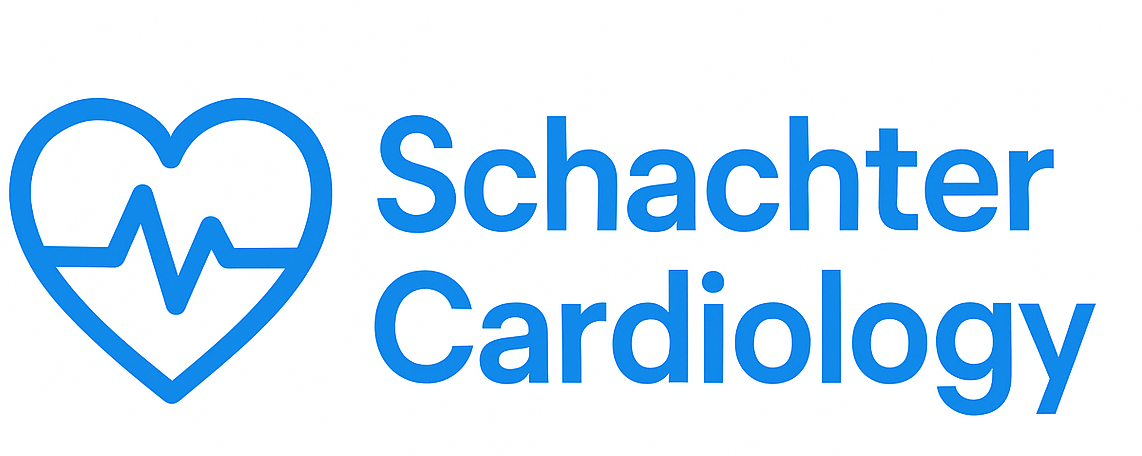Understanding the Importance of Continuous Cardiac Monitoring: A Lifesaving Approach
Cardiovascular diseases remain a leading cause of mortality worldwide, making it essential to stay ahead of potential heart issues. Continuous cardiac monitoring has emerged as a vital tool in detecting and managing heart conditions effectively. This blog post delves into the significance of continuous cardiac monitoring, its benefits, how it works, and its role in improving patient outcomes.
What is Continuous Cardiac Monitoring?
Continuous cardiac monitoring refers to the ongoing observation of a patient’s heart activity, typically using specialized devices that track heart rhythms and other vital metrics in real-time. Unlike standard electrocardiograms (EKGs) that capture heart activity at a specific moment, continuous monitoring provides a comprehensive view over extended periods, enabling healthcare providers to spot irregularities, arrhythmias, and other critical changes that might otherwise go unnoticed.
Why is Continuous Cardiac Monitoring Important?
Continuous cardiac monitoring is crucial for several reasons:
- Early Detection of Abnormalities: Continuous monitoring can detect irregular heartbeats, allowing for timely intervention. This early detection can be lifesaving, particularly for patients at high risk of heart disease.
- Improved Patient Management: For individuals with known heart conditions, consistent monitoring helps doctors adjust treatment plans based on real-time data, leading to better management of symptoms.
- Remote Monitoring Capabilities: With advancements in technology, many devices can transmit data to healthcare providers remotely, ensuring that patients receive care without needing frequent hospital visits.
Types of Continuous Cardiac Monitoring Devices
Several types of devices are used for continuous cardiac monitoring:
- Holter Monitors: These portable devices record heart activity for 24-48 hours, capturing any irregularities during daily activities.
- Event Monitors: Similar to Holter monitors, these devices can be worn for longer periods and activated by the patient during symptoms, allowing for targeted data capture.
- Implantable Loop Recorders: These small devices are surgically implanted under the skin and can monitor heart rhythms for several years, providing detailed insights into long-term heart health.
- Wearable Technology: Smartwatches and fitness trackers equipped with heart rate monitoring features can provide valuable data, although they may not be as comprehensive as clinical devices.
How Does Continuous Cardiac Monitoring Work?
Continuous cardiac monitoring typically involves the following steps:
- Device Selection: The healthcare provider selects the appropriate monitoring device based on the patient’s condition and needs.
- Device Setup: The device is attached to the patient, ensuring proper placement of electrodes or sensors to accurately capture heart activity.
- Data Collection: The device records heart rhythms continuously, storing data for later analysis.
- Data Transmission: Some devices can transmit data to healthcare providers in real-time, allowing for immediate assessment and intervention.
- Analysis and Reporting: Healthcare providers analyze the collected data to identify any abnormalities and adjust treatment plans as necessary.
Benefits of Continuous Cardiac Monitoring
The benefits of continuous cardiac monitoring extend beyond just early detection:
- Enhanced Patient Engagement: By involving patients in their monitoring, they become more aware of their heart health and can take proactive steps to maintain it.
- Reduced Hospital Visits: Continuous monitoring can decrease the need for frequent doctor visits, allowing patients to manage their conditions more conveniently.
- Informed Decision-Making: Real-time data enables healthcare providers to make informed decisions quickly, optimizing treatment strategies based on current trends.
- Improved Outcomes: Studies have shown that continuous cardiac monitoring can lead to better clinical outcomes, including reduced hospitalization rates and improved quality of life.
Challenges and Considerations
While continuous cardiac monitoring offers numerous advantages, there are challenges and considerations to keep in mind:
- Device Comfort: Some patients may find certain monitoring devices uncomfortable, which can affect compliance.
- Data Overload: Healthcare providers may face challenges in sifting through large volumes of data to find clinically significant events.
- Cost and Accessibility: The availability and cost of advanced monitoring devices can be barriers for some patients.
Who Should Consider Continuous Cardiac Monitoring?
Continuous cardiac monitoring is particularly beneficial for:
- Patients with a history of heart conditions, such as arrhythmias or heart failure.
- Individuals who experience unexplained symptoms like palpitations, dizziness, or syncope (fainting).
- Patients undergoing treatment for heart disease who need ongoing evaluation of their heart health.
- Individuals at high risk for cardiovascular diseases due to family history, lifestyle factors, or existing health conditions.
Conclusion
Continuous cardiac monitoring is transforming how we approach heart health, offering a proactive solution to detect and manage cardiovascular conditions. By providing real-time insights into heart activity, these monitoring devices empower both patients and healthcare providers to make informed decisions, ultimately leading to better health outcomes. If you or a loved one is at risk for heart disease, consider discussing continuous cardiac monitoring with your healthcare provider as part of a comprehensive heart health strategy.
Disclaimer: This blog post is intended for informational purposes only and should not be considered medical advice. Always consult with a healthcare professional for personalized guidance and treatment options.
Disclaimer: This article is for educational purposes only and does not constitute medical advice. Always consult a qualified healthcare professional.
